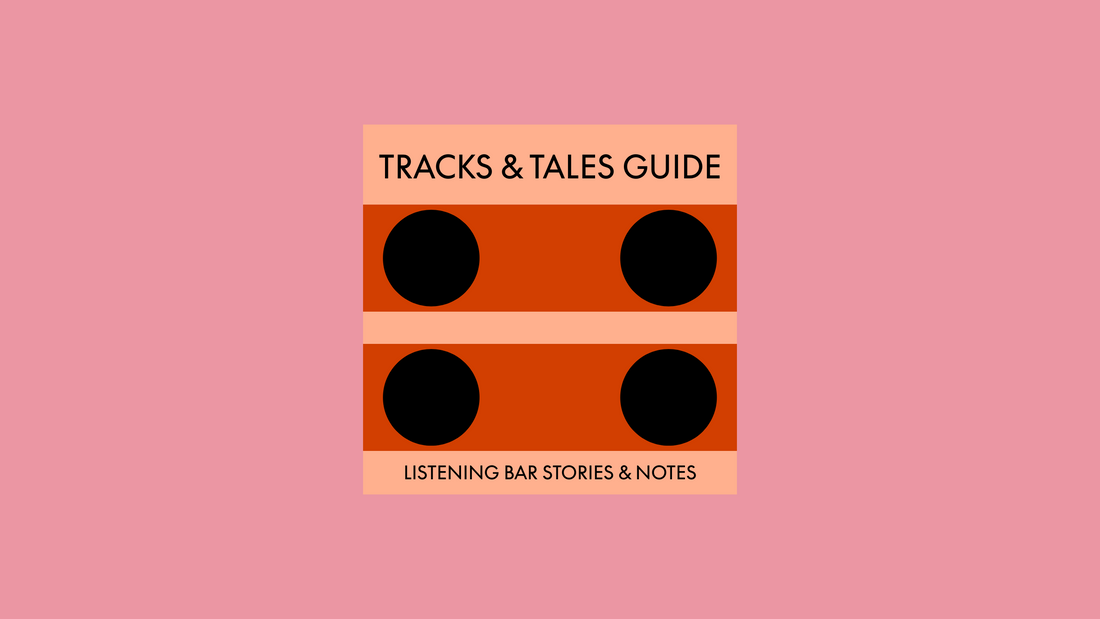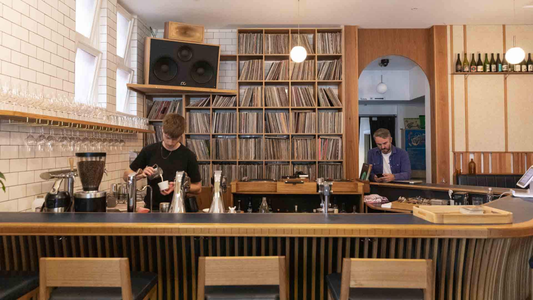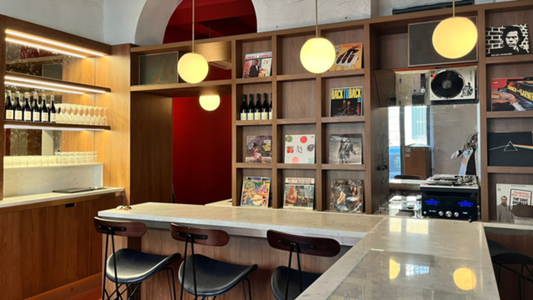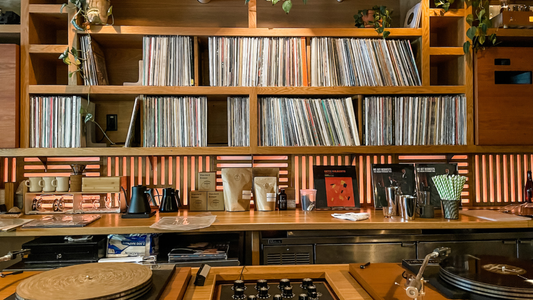
Do You Have to Stay Quiet at a Listening Bar?
The unspoken etiquette of sharing music in a room built for sound.
By Rafi Mercer
The first thing you notice is the hush. Not silence exactly — there’s the clink of a glass, the low hum of refrigeration behind the bar, the soft rustle of people settling into their seats. But it is a room tuned for listening, not chatter. A record begins — Coltrane, perhaps, or Sade — and the energy shifts. Eyes lift, conversation falls away, and the music becomes the centre of gravity.
This is where the etiquette of a listening bar separates itself from the usual rituals of nightlife. You don’t need a rulebook; the space teaches you how to behave. The lighting is lower, the drinks poured with calm precision, the speakers angled so sound fills every corner. You feel it immediately — to speak over it would be like talking through a performance at a concert hall.
The unspoken etiquette of a listening bar:
- Voices are hushed — you can talk, but you lower yourself into the room’s atmosphere.
- The record comes first — avoid interrupting key passages; save conversations for the pause.
- Phones are discreet — no bright screens breaking the mood, no videos over the music.
- Drinks are ordered calmly — no shouting across the room; bartenders meet you halfway.
- Respect the flow — if an album is playing through, let it run its course.
In many ways, the etiquette echoes the roots of the jazz kissaten. In 1950s Tokyo, where these spaces were born, conversation was often discouraged altogether. The focus was pure fidelity: the crackle of vinyl, the subtle textures of imported jazz records, the thrill of being enveloped by music you couldn’t own yourself. Owners expected patrons to sit, sip coffee or whisky, and listen with reverence.
Today, that strictness has softened. In London, New York, Berlin, and beyond, listening bars carry the spirit of reverence but allow for warmth and sociability. It’s not silence that’s required, but attentiveness. Talk, yes, but talk as if you’re aware the record has priority. Whisper a thought to a friend, lean closer to share an impression, let your words ride lightly above the music instead of drowning it.
There’s also a rhythm to conversation that the room encourages. When a track ends and the needle lifts — that’s the natural moment to exchange thoughts, laugh, or order another round. Then, as the arm drops back into the groove, the room falls under the spell again. This pulse of pause and play gives the evening its texture.
It’s worth saying that every bar has its own interpretation. Some are more reverent — hushed sanctuaries where you’d never dream of raising your voice. Others lean towards sociable — places where the sound system is immaculate, but conversation flows easily so long as it doesn’t overwhelm. The golden rule is simple: let the music lead.
What makes the etiquette beautiful is that it’s collective. No one tells you to hush; you pick it up by watching the room. And in that shared restraint, something rare happens — strangers connect without words. You’re aware of being part of a listening community, even for an evening.
So, do you have to stay quiet at a listening bar? Not entirely. But you do have to listen differently. Your voice, your presence, your choices — all become part of the mix. And the reward for that attentiveness is profound: music heard with a depth and intimacy that ordinary bars can’t match.
Quick Questions
Do you have to be completely silent in a listening bar?
No, but voices are hushed. It’s about lowering yourself into the atmosphere so the music remains the priority.
Can you talk to friends while records play?
Yes, but quietly and with respect. Save longer conversations for the pauses between tracks or albums.
Why is quietness so important?
Because the room is designed for detail. Silence — or near silence — lets you hear music with depth and clarity, turning listening into a shared ritual.
Rafi Mercer writes about the spaces where music matters. For more stories from Tracks & Tales, subscribe, or click here to read more.







